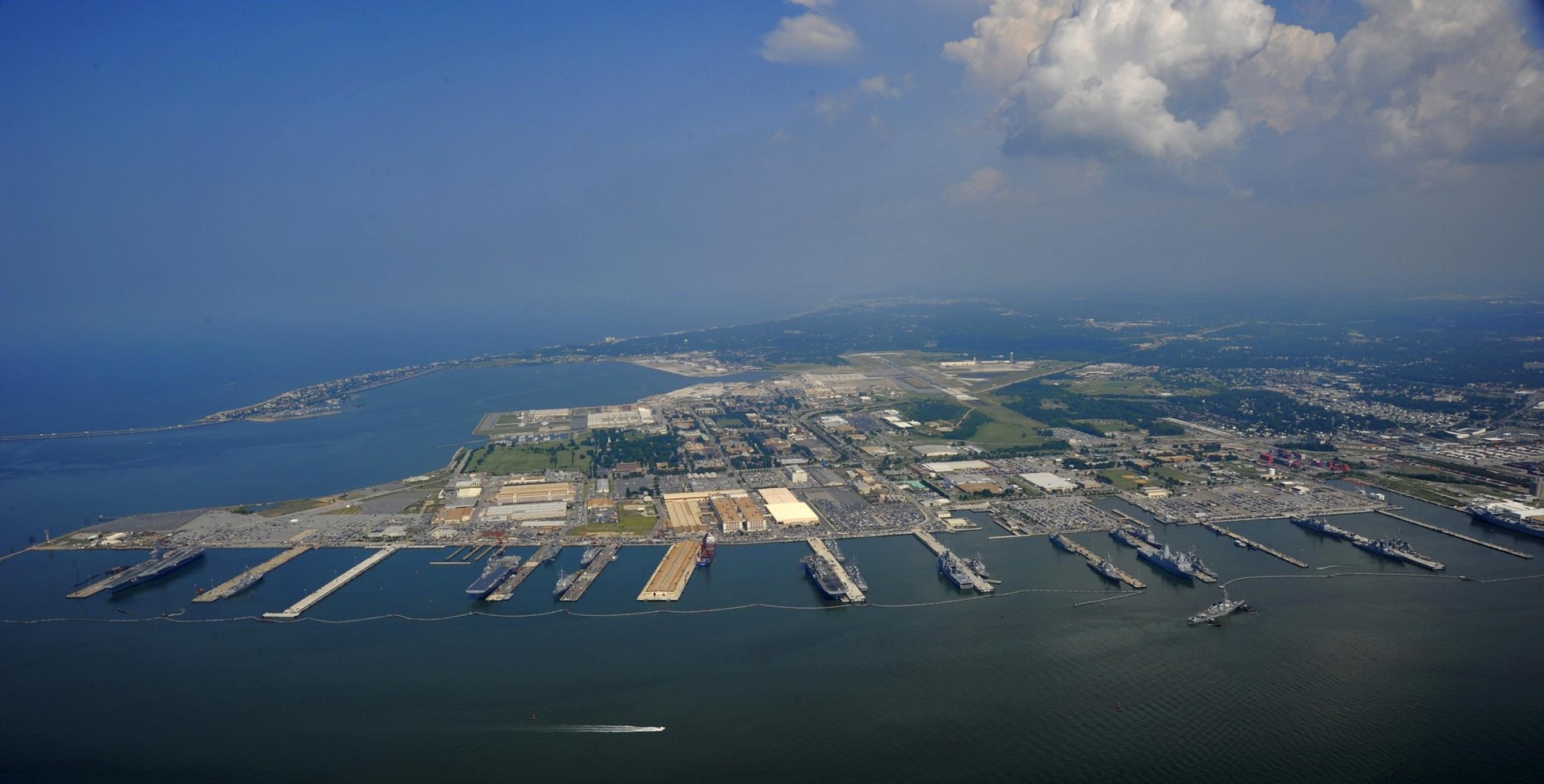Geoengineering, according to the Oxford Geoengineering program, is ‘the deliberate large-scale intervention in the Earth’s natural systems to counteract climate change’. The aim of solar geoengineering is to reflect some of the sun’s energy back into space to counteract the rising global temperature caused by greenhouse gases.
Carbon geoengineering aims to remove carbon dioxide from the atmosphere to fight the impact of greenhouse gases. An example of carbon dioxide removal could be planting trees on a global scale.
Weaponized Weather
However concerns have been raised as to who would control the climate altering technologies.
During a debate on geoengineering to combat climate change, a leading climate scientist spoke of his concerns that the intelligence services are funding the research to find out if the new technologies could be used as potential weapons.
Professor Alan Robock from Rutgers University in New Jersey told the American Association for the Advancement of Science conference in San Jose that he felt ‘scared’ when an organization claiming to represent the CIA asked him about the possibility of weaponized weather.
Professor Robock said: “I got a phone call from two men who said we work as consultants for the CIA and we’d like to know if some other country was controlling our climate, would we know about it?
“I told them, that we probably would because if you put enough material in the atmosphere to reflect sunlight we would be able to detect it and see the equipment that was putting it up there.
Robock says the research on geoengineering must be open and international to avoid it “being used for hostile purposes”.
Greatest Hazard of Geoengineering ‘Global Nuclear War’
Speaking at a press conference at the AAAS, Professor Robock was asked what the greatest hazard climate altering technology posed.
“The answer is global nuclear war”, he replied.
“If one country wants to control the climate in one way, and another doesn’t want it or if they try to shoot down the planes…if there’s no agreement, it could result in terrible consequences”.
Professor Robock said the US had used weather in a hostile way in the 1960s. During the Vietnam War, clouds were seeded over a supply route footpath to make it muddy and impassable. The CIA had also seeded clouds over Cuba, “to make it rain and ruin the sugar harvest”.
The use of weather as a weapon was banned under the Environmental Modification Convention (Enmod) in 1978.
A recent report published by the US National Academy of Sciences listed the US intelligence community amongst its research sponsors; which also includes NASA, the National Oceanic and Atmospheric Administration, and the US Department of Energy.










